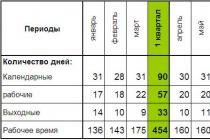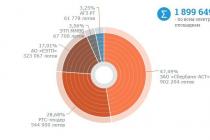Marketing course of course. The situation is very similar, as was the case with the fingerprint sensor. Many Apple fans believe that such useful function it was invented in Cupertino, and nothing can convince them. Although it is difficult to name the first movers, before Apple there were at least three little-known Chinese companies that already produced such smartphones. Whatever it was, but the function stuck, and this year we will see many more new mobile devices using fingerprint sensors.
Level 3: It should not penetrate an object with a diameter of 2.5 millimeters. We are continuing this area. Level 4: It must not penetrate an object with a diameter of 1 millimeter. As we can see, the level of protection is getting higher and higher. Level 5: Indicates that no amount of dust should enter it, which may cause the phone to malfunction, although dust is allowed to enter. Level 6: the maximum level and that which corresponds to a completely closed phone: dust should not enter the phone under any circumstances.
- Level 0: Not protected against dust or hard objects.
- Level 1: It must not penetrate an object with a diameter of 50 millimeters.
- A sphere is used for the test.
- Level 2: It should not penetrate an object with a diameter of 12.5mm.
- Again the sphere.
With any purchase, we usually compare similar things by characteristics, read reviews and reviews. The situation with the choice of a tablet is also the same, comparative characteristics for them are presented on the page https://specspro.net/tablets/, a site that offers comparisons between similar devices from different companies.
Water resistance levels
Here we enter a field of quicksand, because water is one of the materials that sooner or later penetrates as soon as it finds the smallest space through which to sneak. Tests cannot be carried out in the case of dust, with spheres of water to measure the throughput, so experiments are established based on the flow of inlet or lack of inlet and the pressure that the water must have to achieve penetration, if successful. Time also comes into play.
The degrees of protection of some phones today
This is the most important degree of protection, because although dust can cause malfunction electrical device, the water will kill him. Well, if you don't achieve this immediately through a short circuit, you will achieve it over time and corrosion. Level 1: Usually it is summed up in the sense that the terminal is resistant to dripping water that falls from 200 millimeters of height onto the device. Level 2: We continue to drip, although in this case the device rotates 15º in search of cracks through which water can penetrate. Level 3: Here we are talking about something more than drip, water mist or, in Christianity, water spray. He establishes that he must withstand a projection of eleven liters per minute for five minutes. Level 4: From the spray we actually go to the stream of water. The defense is getting serious, but now it is increasing. Level 7: We're here, submersible phones. Here we are no longer talking about time or depth, but the manufacturer certifies specific numbers and must indicate them during the test. The requirement is that they are more “hard” numbers than the estimate, that is, more than one meter, more than 30 minutes. In this experiment, water comes into play at high pressure and temperature.
- Level 0: The terminal is not protected against water.
- He must resist for ten minutes.
- You must also resist for ten minutes.
However, today we are talking about a different trend. Namely, about protected smartphones according to IP67 and IP68 standards. Since we will often now see these numbers in the specifications of mobile devices, it would be worth clarifying what they mean and what is the difference between them.
What is the difference between IP67 and IP68 standards?
To make it more interesting and understandable for everyone, we will take two interesting examples where there are such degrees of protection against water and dust. Apple iPhone 7 and 7 Plus are IP67 rated. While Samsung Galaxy S7 / S7 Edge is IP68 rated.
So you know what you need to look for if you want your phone to support occasional drops in water. These grades are assigned after multiple tests have been completed. Some smartphones are very water resistant, some don't take it that well, and others don't resist at all.
However, it is important to keep in mind that these assessments are based not only on protection against dust and water, but also on protection of water pressure, among other things. In addition, the degrees are quite objective: the manufacturer does not choose them, but is the International Electrotechnical Commission.
This means that damage will be more important if the device is exposed to a powerful jet of water than if it falls into a puddle. However, it should be emphasized that even if a smartphone is completely dustproof, this does not mean that it is also completely waterproof when immersed at all levels or water pressure.
IP - Stands with of English language International Protection, a standard compiled by the International Electrotechnical Commission (IEC).
The first number 6 means protection from dust and sand. For example, Samsung Galaxy S7, or Apple iPhone 7 are completely dustproof. That is, these smartphones are dustproof.
Which smartphones are water resistant?
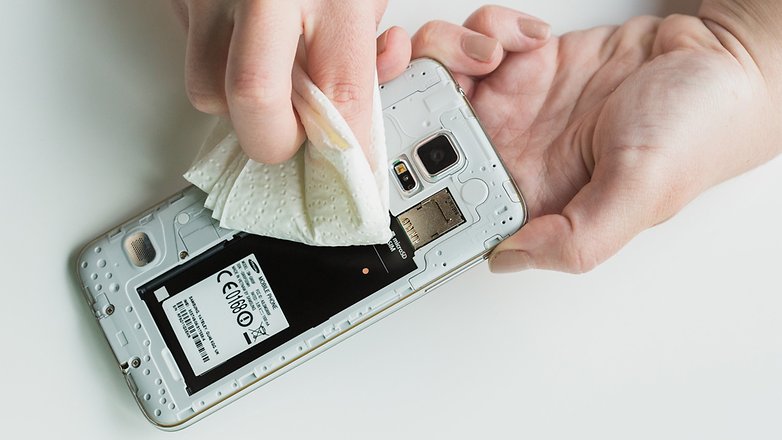
On the contrary, in fact, since the first device is completely protected from dust, the second device can be submerged under water for extended periods of time. Pay attention to the technical data tables. Below is a partial list of smartphones currently protected from water or dust.
Manufacturers of devices with a protection class. How is the strength of a smartphone determined?
Waterproof mobile phones appeared on the market several years ago and are currently a trend in the market. Water protection does not exclusively apply to smartphones and is increasingly extended to all types of electronic devices. Protecting liquids is important in that only a little moisture is enough to damage an electrically powered device.
The second number 7 or 8 means protection from water. This is also a very important thing. Most people think that this protection only involves swimming with a mobile device in the water. But it turns out not only. There are actually many more situations. Imagine a heavy rain, when even an umbrella is already ineffective. If your smartphone has the coveted IP67 / 68 numbers in the specification, then no downpour, specifically for this device, will be scary.
Building fully waterproof devices is an engineering challenge. 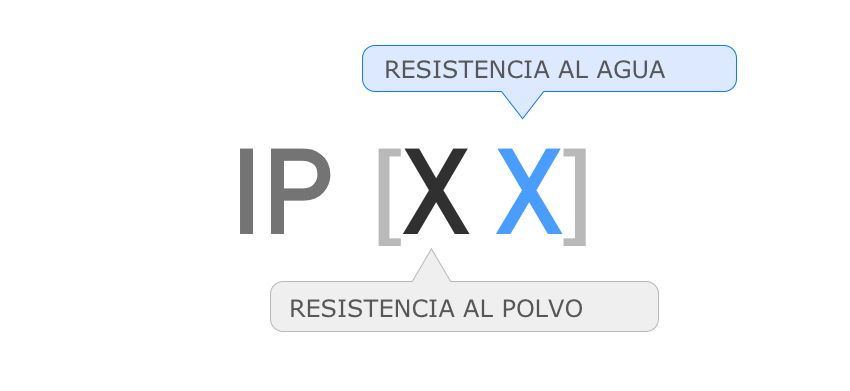
The first number refers to dust penetration resistance and has six levels. Level 2: the electronic device is protected from the penetration of solid particles of at least 12.5 mm. Level 5: indicates that the mobile phone will not be affected by the ingress of dust, although it allows for its introduction. Level 6: This is the maximum level and ensures that the terminal is 100% waterproof so that no dust gets in under any circumstances.
- Level 0: no dust resistance.
- Level 1: A spherical object with a diameter of 50 millimeters should not enter.
- Level 3: Protected against 2.5mm particles.
- Level 4: resistance to objects with a diameter of 1 mm.
In fact, when your phone has such a protection standard (IP67), this means that your smartphone can be, for example, under water, only up to 1 meter deep, and up to 30 minutes of time, according to IEC. Under such conditions, the impact of the aquatic environment is not scary for such smartphones.
If the smartphone has an IP68 protection standard, as in the case Samsung smartphone Galaxy S7, then it can be submerged under water for up to 30 minutes, but already to a depth of 1.5 m.
Water resistant current terminals
Water is a very subtle aspect. Water is the source of life, but it is fatal to any device that feeds on electrons. Level 1: the terminal must withstand drops of water, freed from 20 centimeters of water for 10 minutes. Level 2: Same as Level 1, but the water jets will be released by rotating the water jet 15º. Level 4: The terminal must be held to project with a jet of water.
- Level 0: the terminal is not protected against water.
- Level 3: we go from droplet to sprayed water or we start with a spray.
- It should withstand 11 liters of sprayed water for 5 minutes.
Now there is some information that the next flagship from Samsung, most likely Galaxy Note 8, will have a degree of protection according to the IP69 standard. The last digit “9” means that devices with this protection can be used for high temperature high pressure washing. These housings not only have a high degree of protection against dust, but are also able to withstand high water pressure at temperatures up to 80 ° C.
Water resistance is not constant
Not even a light rain. Swimming pool care, because getting one meter deep is synonymous with damaging the terminal. By now, you will notice that our gadgets are subject to all sorts of actions that seriously disrupt their waterproof protection systems. And the fact that mobile phones sometimes fall out. Not to mention the beats that are yours smart watch can bear.
Over time use degrades the waterproofness, usually special rubber seals. Therefore, since the terminals are water resistant, do not put them in the pool just because. Avoid arbitrary use in water and only put them in water if you really need to take that photo in water that you so wanted to have on your profile.
When it comes to a "waterproof" smartphone, many users imagine a device with which they can take underwater photos or walk in a shower. Unfortunately, reality is somewhat less impressive than imagination. Under "waterproof" smart phone it is generally understood to be "water resistant", which assumes that the device is capable of withstanding being exposed to clean water under certain conditions. To understand if you need a water-resistant phone, you must first understand the terminology that applies to "water-resistant" - water resistance of devices. It should be noted that of the two operating systems which run most modern smartphones, water resistance is peculiar only to Android devices, even latest models iPhone.
When talking about taking photos in water, remember that the water on the beach is salty. And salt is especially aggressive. Salt water will not only damage the defenses that prevent water from entering your mobile device but also worsens appearance terminal, from colors to screen or buttons.
And one more thing that you should consider is the terminal guarantee. Most manufacturers say their terminals are water resistant in fine print. In addition to what you ask on the Internet forums, you will find hundreds of consumers who send your mobile phone to technical service and refuse free repairs during the period of the guarantee that you have put the terminal into the water.
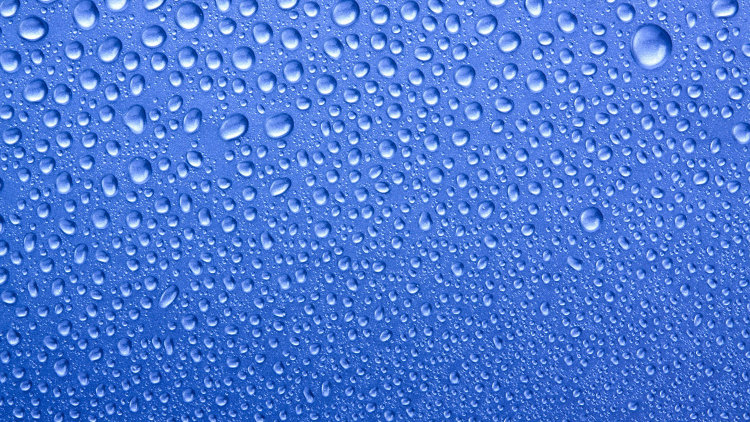
This terminology was discussed in some detail in the article “Waterproof smartphones: What you need to know before buying one” by Mihir Patkar published by The Indian Express.
What is water resistance and what does IP67, IP68 mean?
The International Electrotechnical Commission (IEC) has developed a number of standards that characterize the ability of a smartphone to not be damaged by water. These standards are called "International Protection" codes or two-digit IP codes. Thus, you will see a characteristic like "IP67", which is also typical for the Galaxy S5. However, already in the Galaxy S6.
Put another way: wet your waterproof mobile phone, but do so at your own risk. Resistance to dust and water has been a characteristic feature associated with telephones that climbers carry on travel or with which workers take them to work on construction sites.
Smartphones begin to have the ability to fight elements, in this case water and dust. The latest gadgets were presented, which follow the trend of waterproof and dustproof gadgets. The system is used to classify and define various degrees of protection against the ingress of solid particles or against immersion.
The first of the two digits defines the dust-proofing technology used in this phone, that is, its protection from the smallest solid particles. Usually the first digit is either 5 or 6. But the protection of the phone from dust is not the subject of today's review, so we will take its parameter as "x".
The second digit identifies the characteristic this phone technology to ensure its water resistance, that is, the ability of the device not to be damaged by water. It should be noted that we are talking about water, and not any other liquid.
IP68 smartphone protection class: what are these numbers?
The second number measures water resistance and has a scale from 1 to. To keep your gadget protected from water and dust, its vital points must be sealed inside, or you need to use rubber covers to seal them. In the second case, if these covers are not completely closed before the instrument is immersed in water, serious problems will arise.
Until now, almost no one has touched it, how do we know how submerged it can be in water or how resistant it is to dust? If you liked this article, subscribe to our newsletter to receive latest news from the world of technology in your email!
Currently, the most common water resistance is IPx7, which means the phone can be submerged in water to a depth of one meter, but if removed quickly it will continue to perform well.
There is no requirement for the phone to work even during its "bathing". The tests have limited conditions, which mean that the phone will be able to maintain its performance after "water procedures". In any case, during testing, we are only talking about immersing the phone in clean water that does not contain impurities of other liquids.
Indicates the water resistance level of this device. Contrary to what many think, a smartphone is not always completely waterproof with this certification. Some are only resistant to splashing water, while others can submerge up to 1.50 m for 30 minutes.
See now if your phone is truly waterproof. Thus, it indicates how protected the inputs of the device are and determines the level of resistance. cell phones from water and dust. Already the second digit indicates the resistance of the device to water and can go from 1 to a higher number of these numbers, the more stable the device is. As in this article, we are talking about water resistance, now let's look at all the levels that you can find on mobile phones.
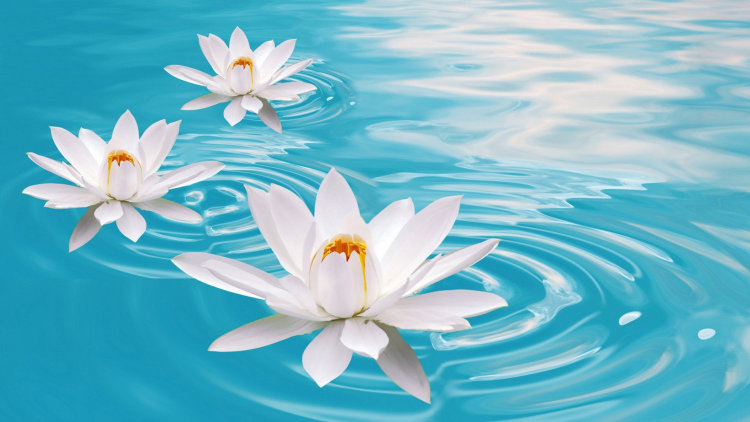
Therefore, we are talking more about water resistance (water resistance), and not about absolute water resistance. At the same time, when specifying the rating, the company may use the term “waterproof” if the smartphone passes the IPx7 or IPx8 tests, notes Mihir Patkar. But this does not mean that the phone can be used underwater without being harmed in any way. The phone may even turn off when immersed and only start working again when it is removed and thoroughly dried.
If plugs are provided for the ports of the phone, it may turn out that it will withstand immersion only if plugs are inserted into the ports.
Water resistance, as noted above, does not mean resistance to other liquids that may be spilled on the phone (alcohol and juices). You might get lucky if you wipe your phone quickly, or you might not. In any case, the water resistance rating does not provide for contact of the device with other liquids. It should not be immersed in salty sea waters either, because the rating provides for exceptionally clean water without impurities.
The phone's water resistance also does not imply its protection from rapidly pouring water (waterfall, sea waves and jets). Being wet touch screen may not work as expected. The only Xperia Z3 +, s.
Therefore, make sure your phone is completely dry before using it. In the case when the phone is wet, the speakers and other similar functions of the device may be damaged.
Or is this feature an overkill?
Smartphone water resistance - the meaning of IP67 and IP68 values Oleg Dovbnya



